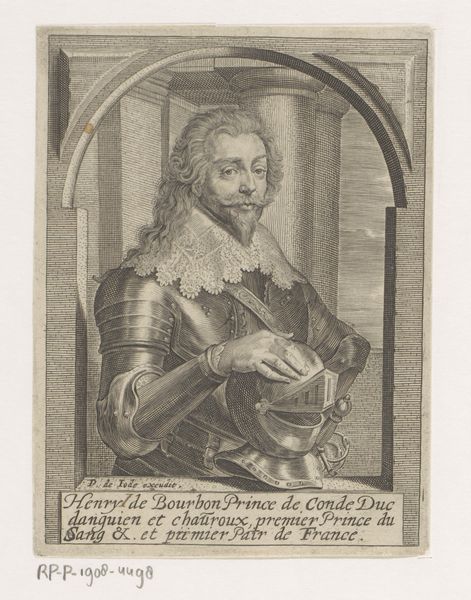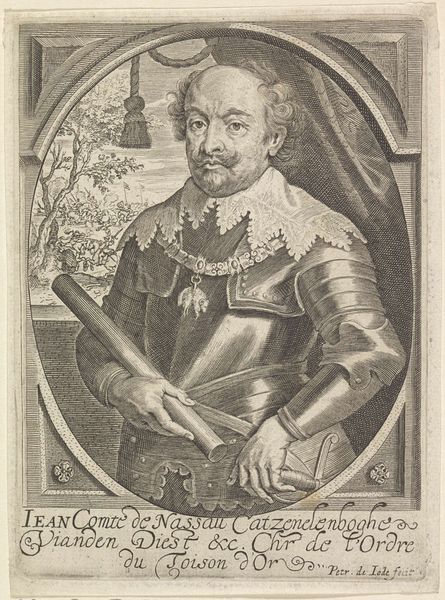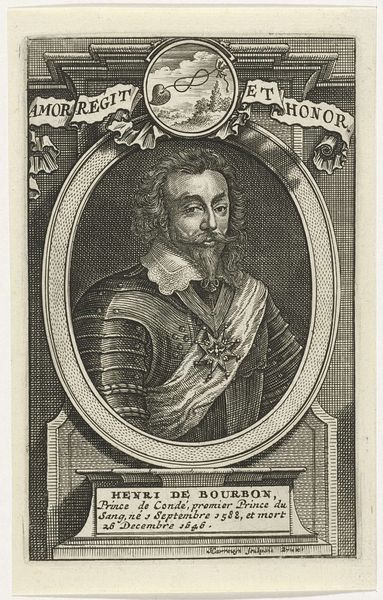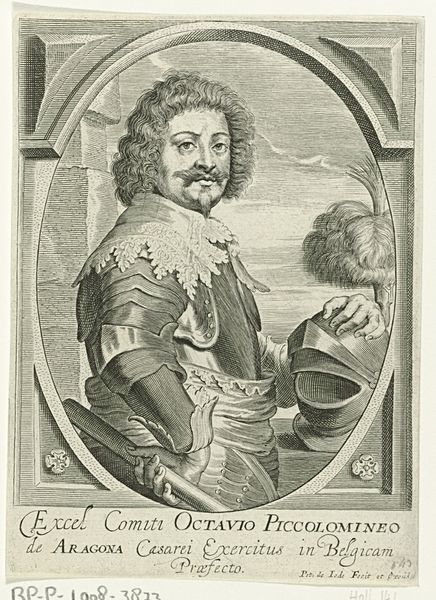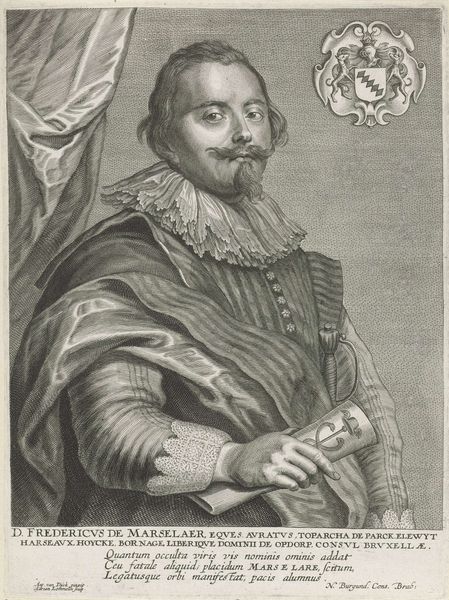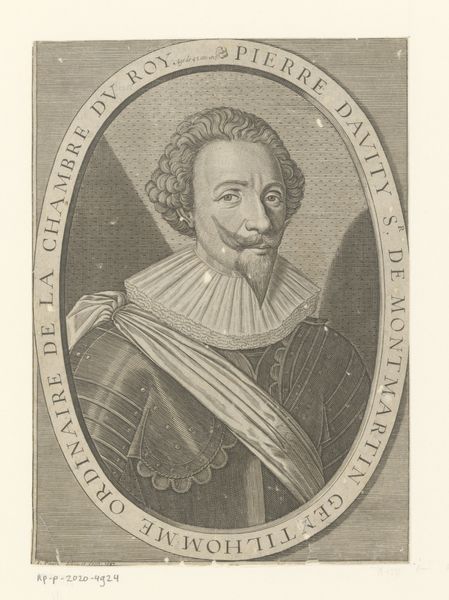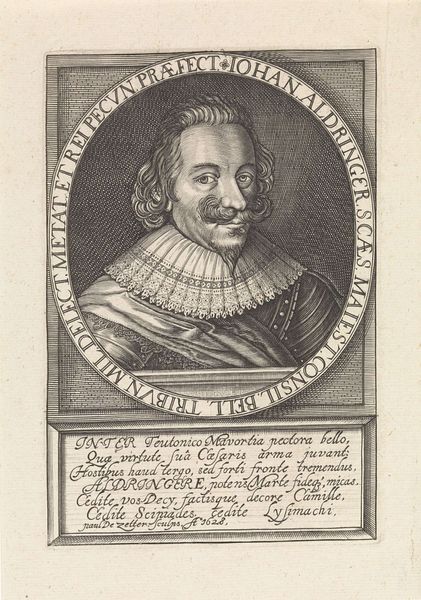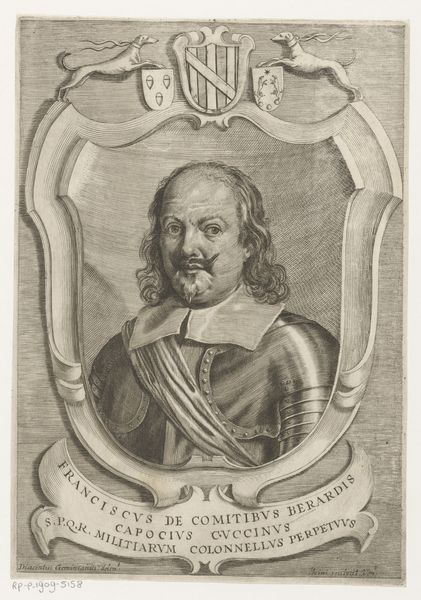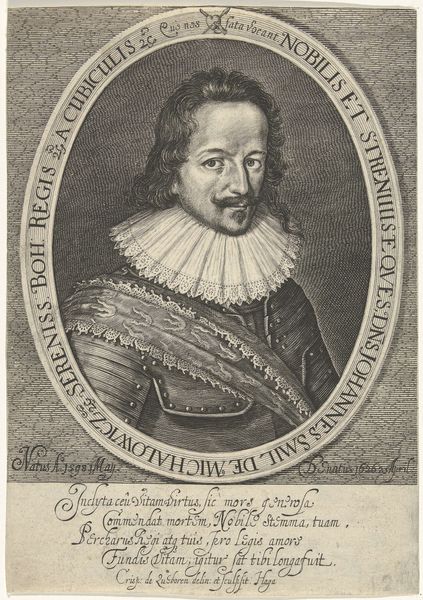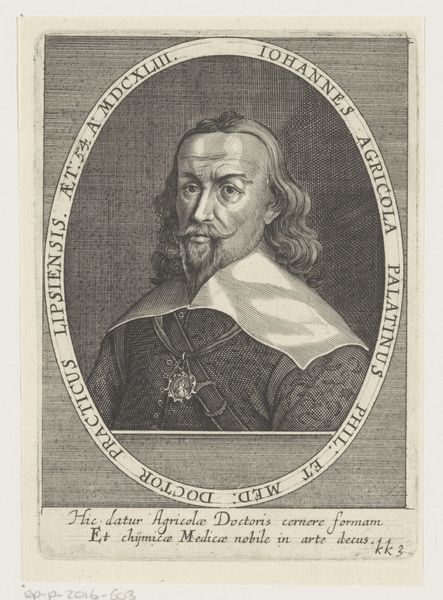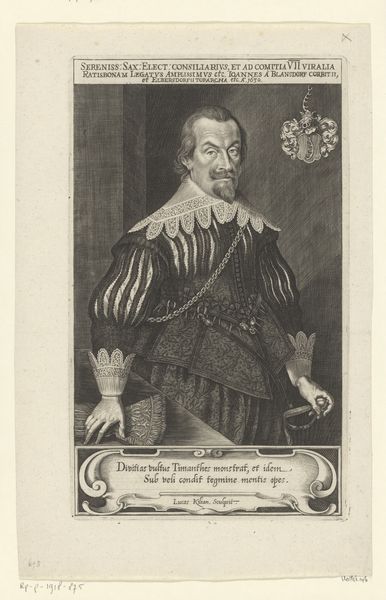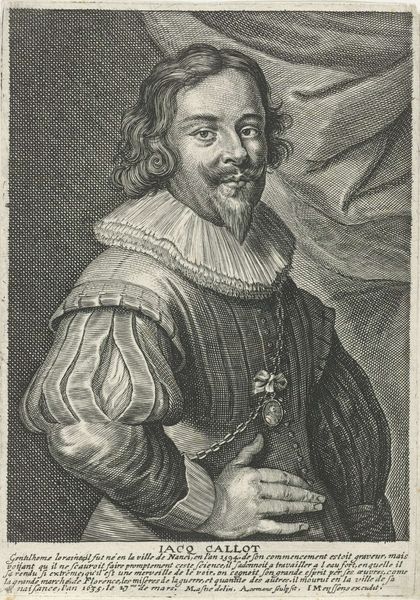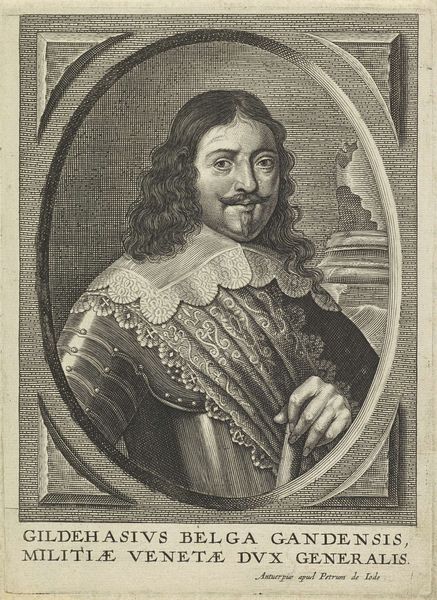
print, engraving
#
portrait
#
baroque
# print
#
old engraving style
#
caricature
#
engraving
Dimensions: height 162 mm, width 119 mm
Copyright: Rijks Museum: Open Domain
Editor: This is a portrait of Count Jan de Weert, a print made by Pieter de Jode II sometime between 1628 and 1670. It’s interesting to see such detail rendered just through lines. How can a materialist lens help us interpret this work? Curator: Consider the means of production. This is an engraving, requiring skill, time, and specific tools. Who was Pieter de Jode, and for what market was he producing these prints? Was this meant for a wealthy elite, a broader audience, or perhaps as a commission to celebrate De Weert's status? Editor: So, we're thinking about the economics of artmaking and its intended audience. Is it also important that it’s a portrait of someone specifically? Curator: Precisely. Think about the materials – the paper, the ink, the copperplate that the engraving was created on. Consider where those materials originated. Was this paper a luxury import, or locally sourced? Who controlled the supply chains? Each of these choices reflects the artist’s position within a specific social and economic system. Editor: I see. It connects the artwork to broader societal forces and power dynamics in the material world. And knowing he's a count tells us about access to production! Curator: Yes! The portrayal of De Weert in armor speaks to the materiality of power. How does the intricate rendering of his armor relate to ideas about military might and aristocratic identity in the 17th century? Was this image about idealizing labor or even promoting war? Editor: It definitely puts things in a new perspective, considering it less about aesthetic qualities and more about the socioeconomic elements that are present. Curator: Exactly. By examining the materials, processes, and social context, we can reveal the power structures inherent in even a seemingly straightforward portrait. It reveals its status as a material object embedded in history. Editor: It feels like seeing it more completely, to think of all the material factors.
Comments
No comments
Be the first to comment and join the conversation on the ultimate creative platform.
